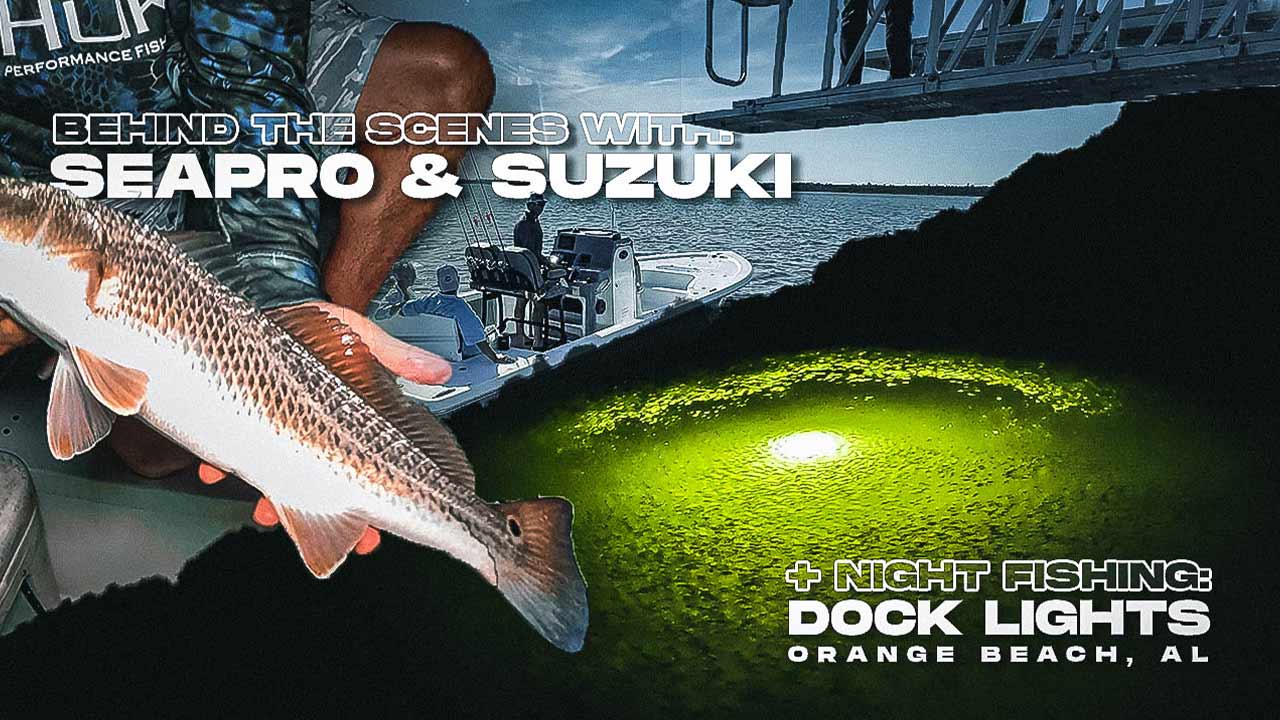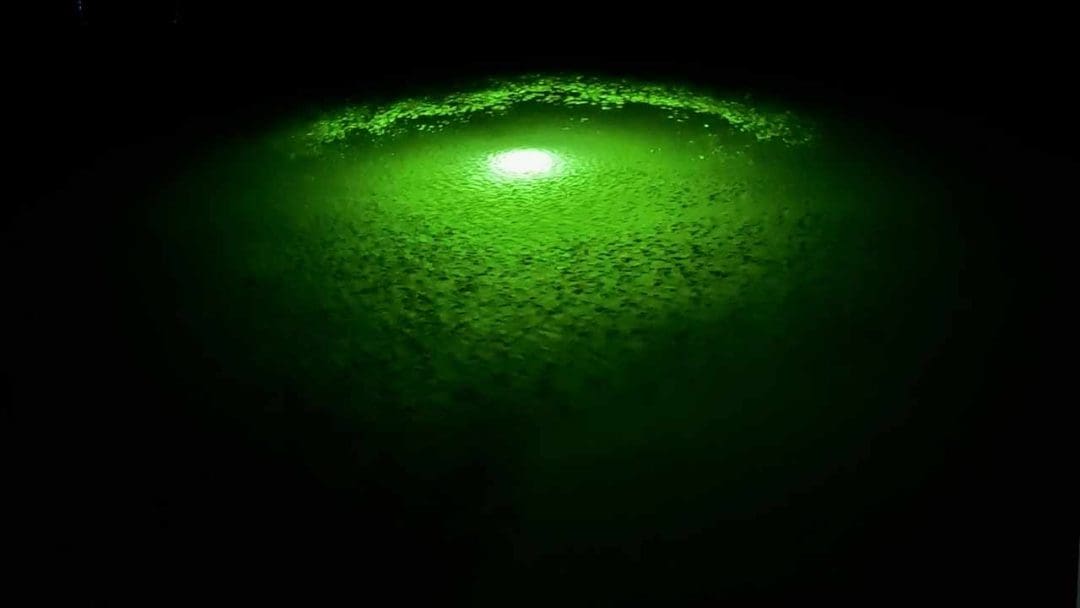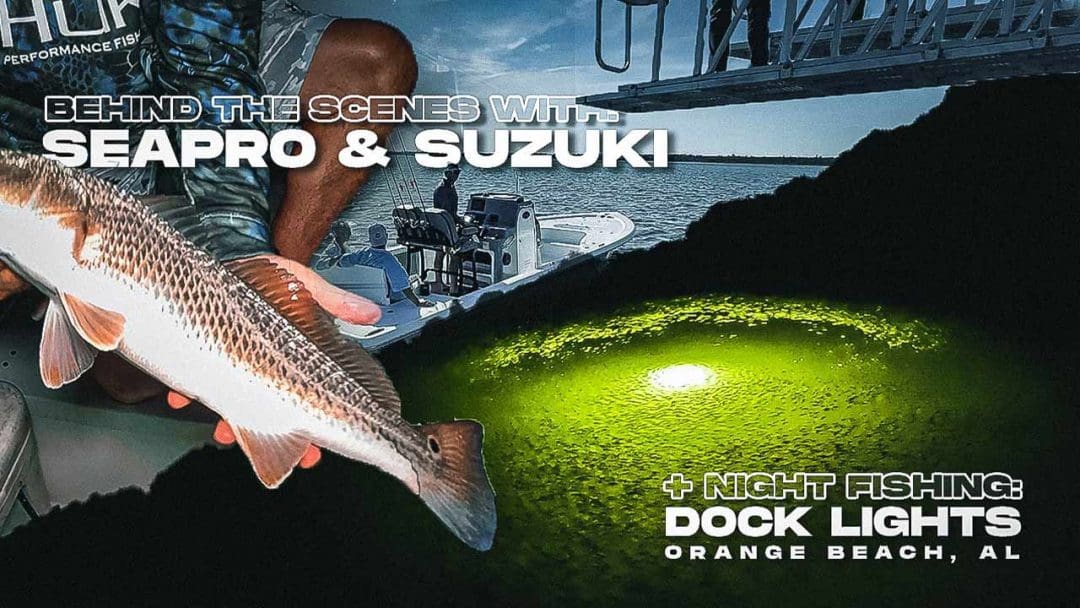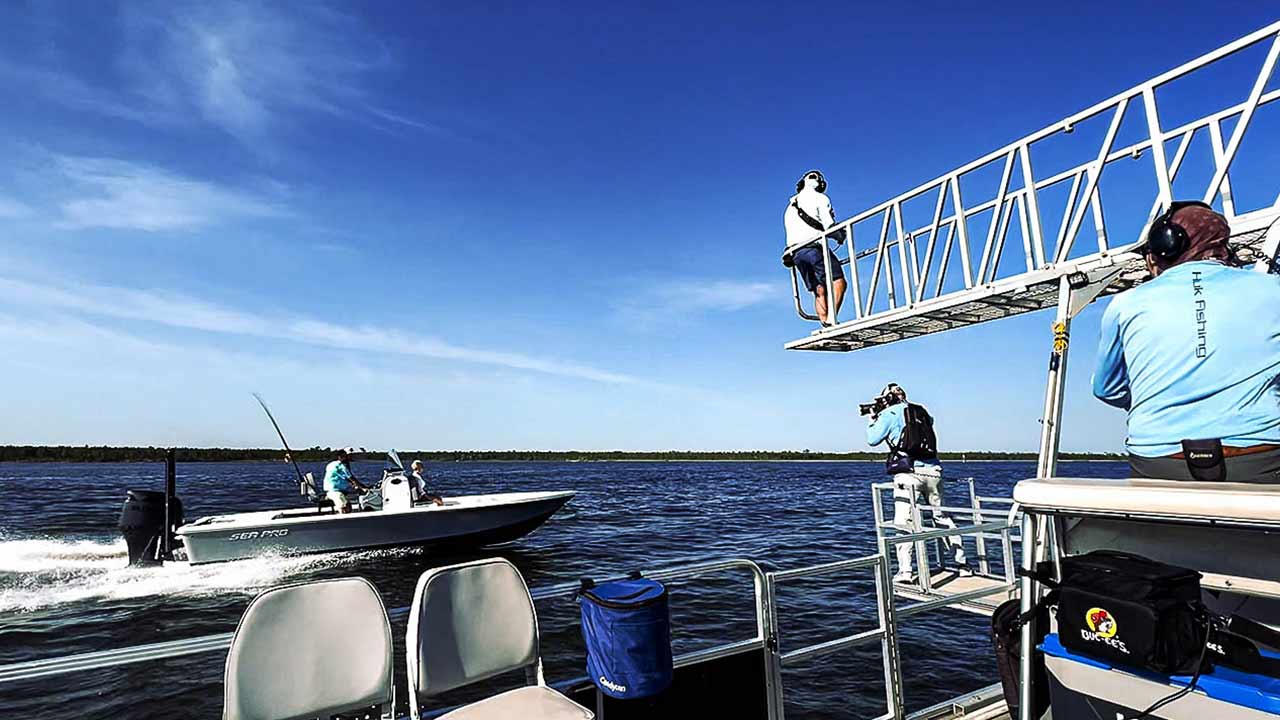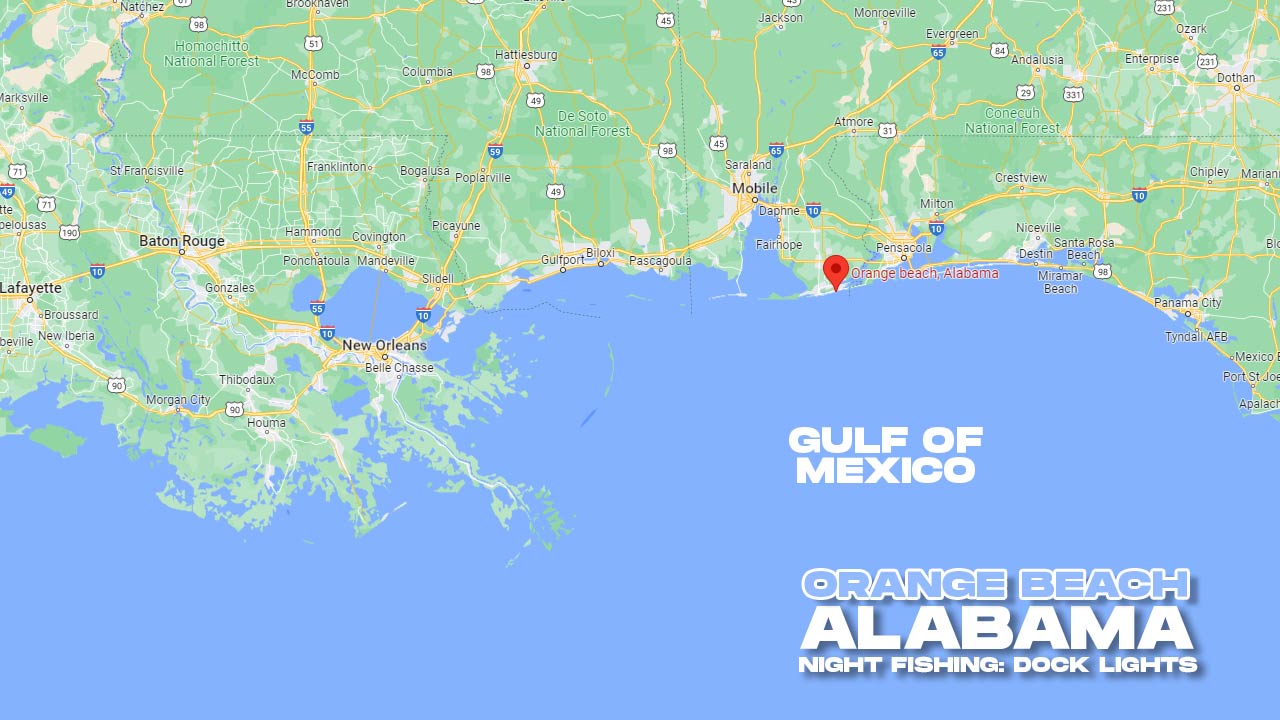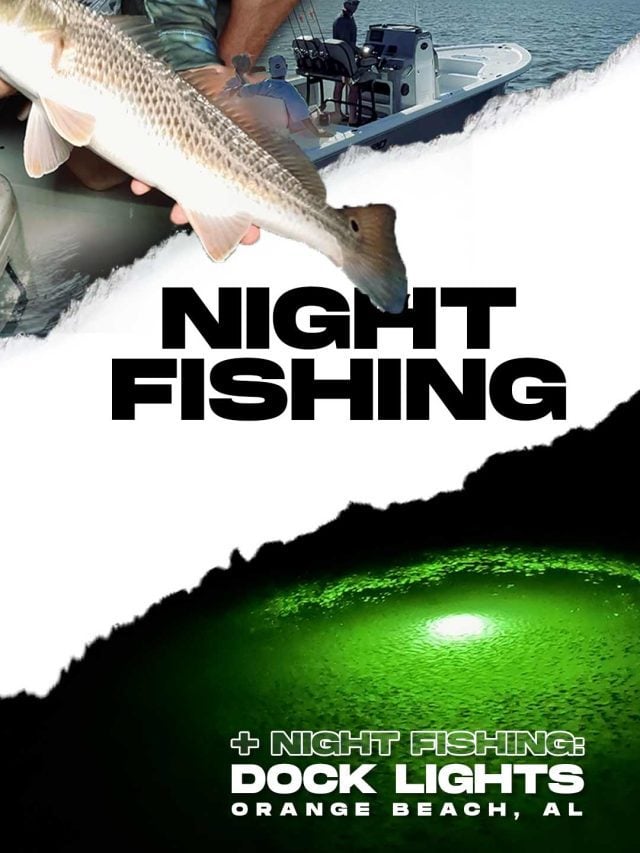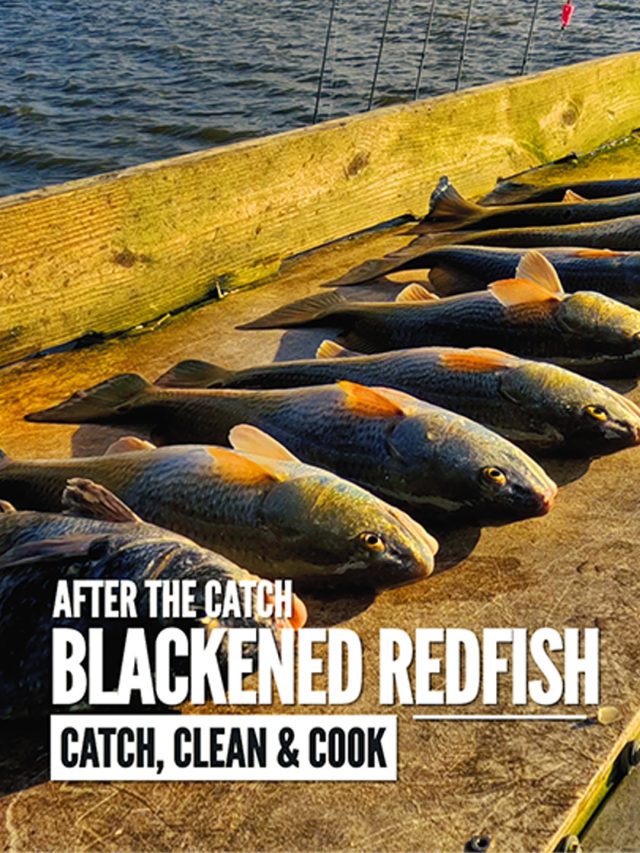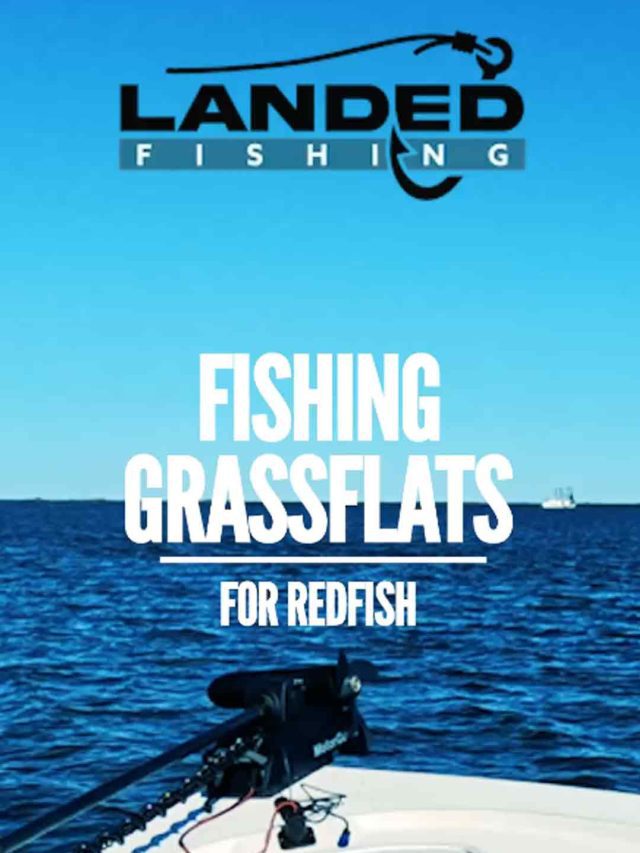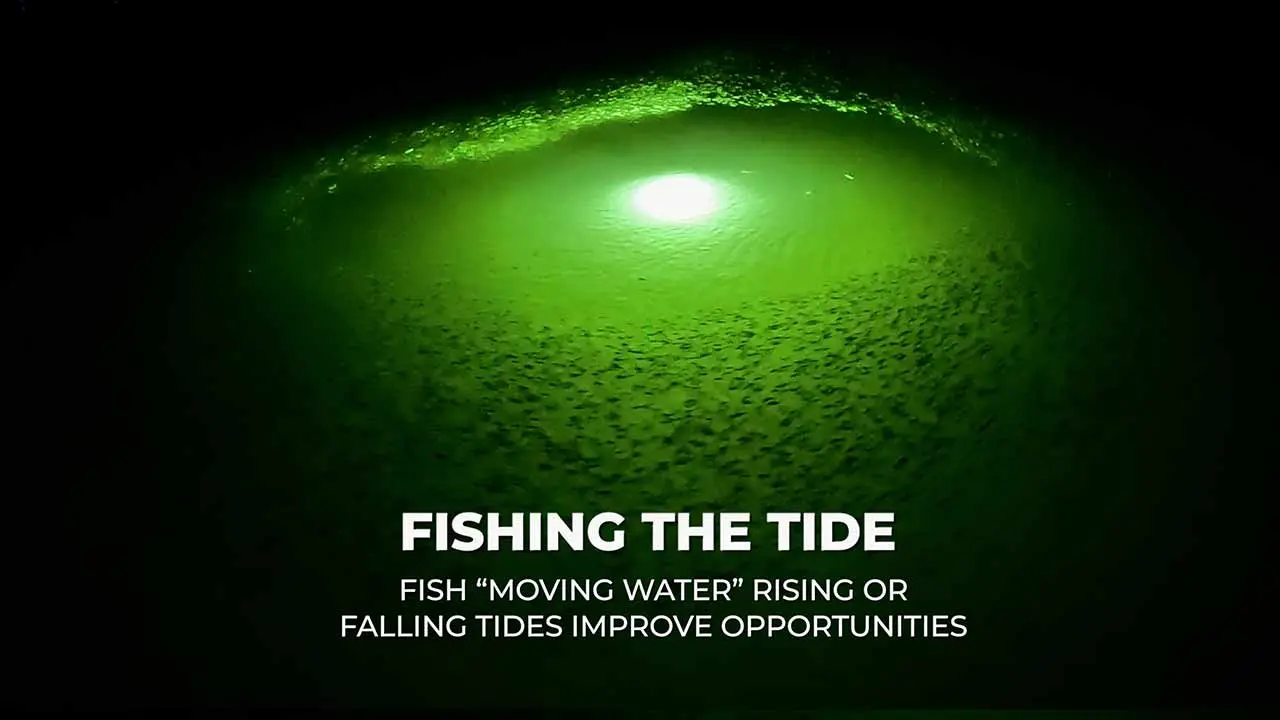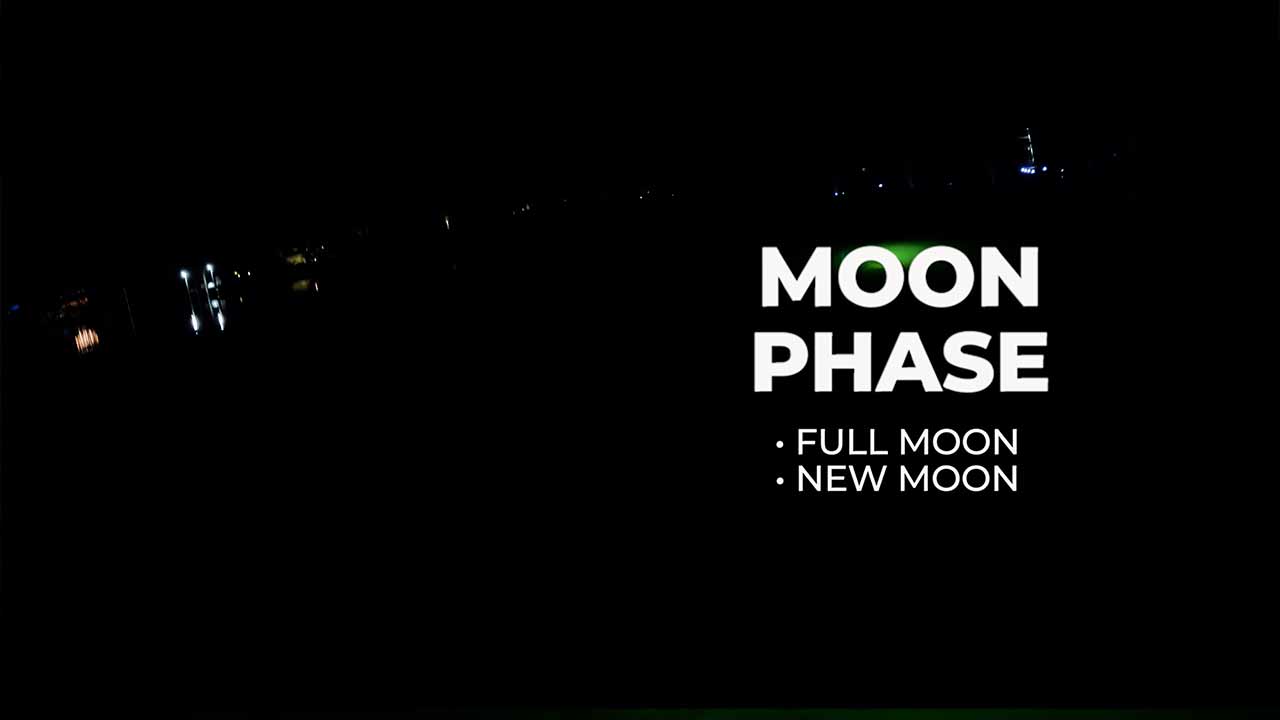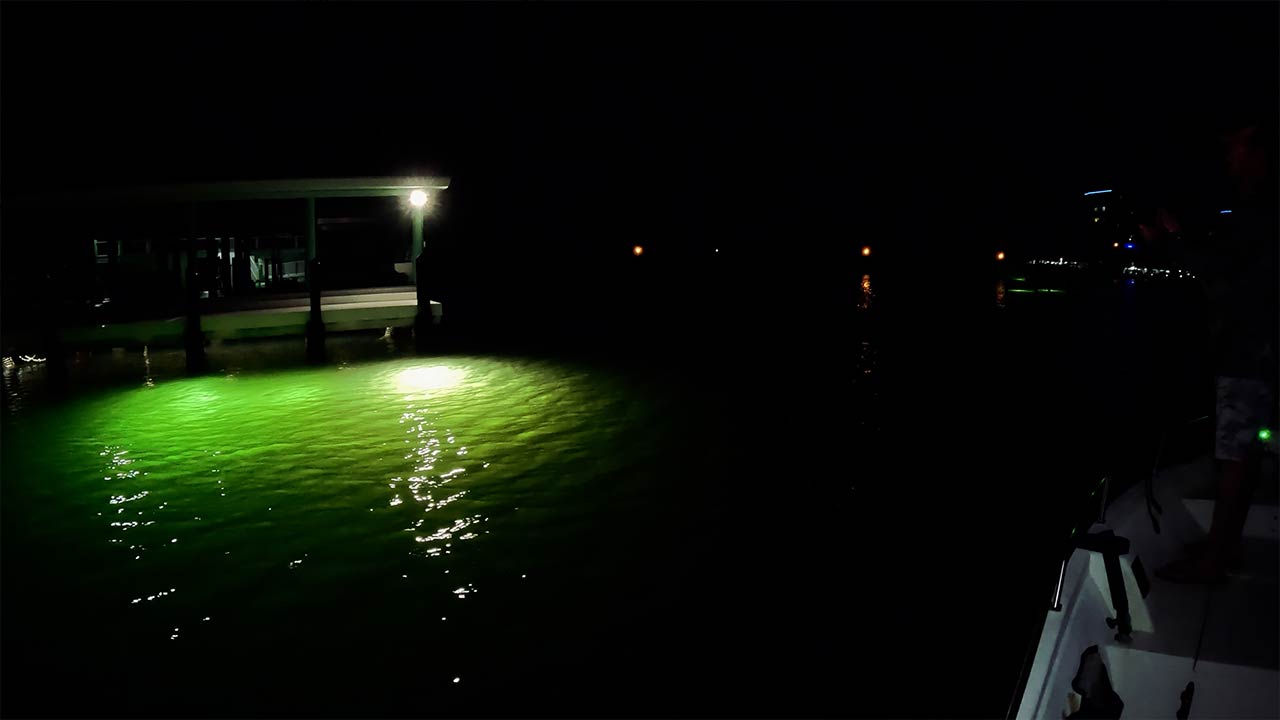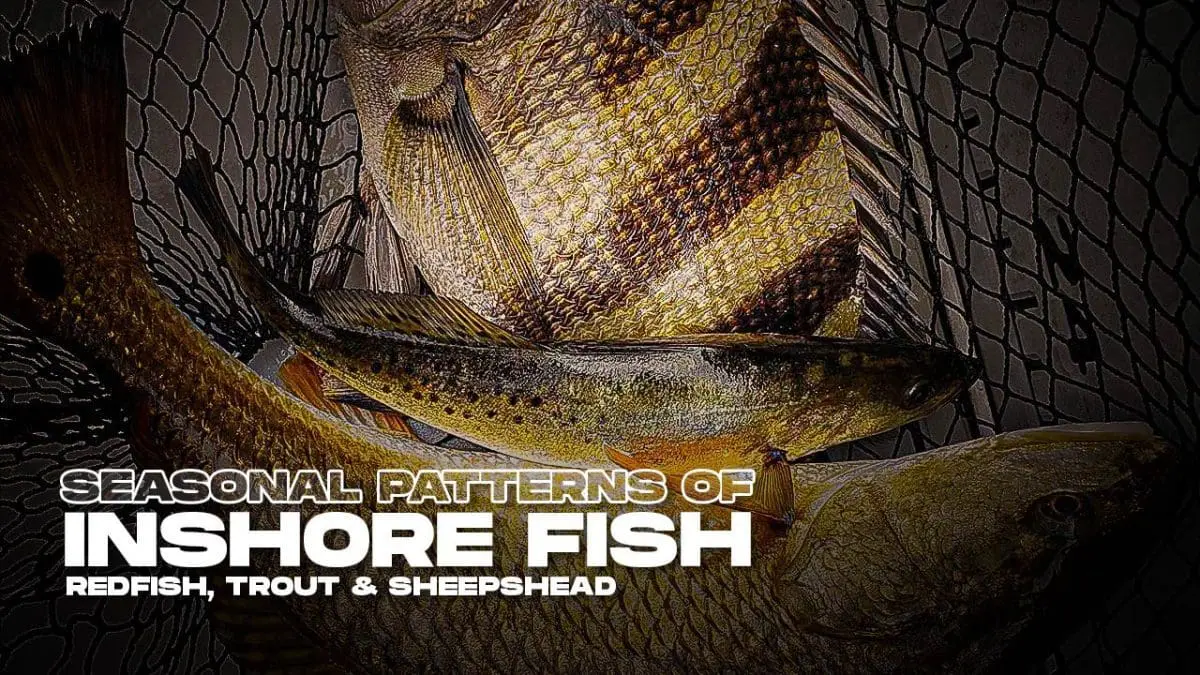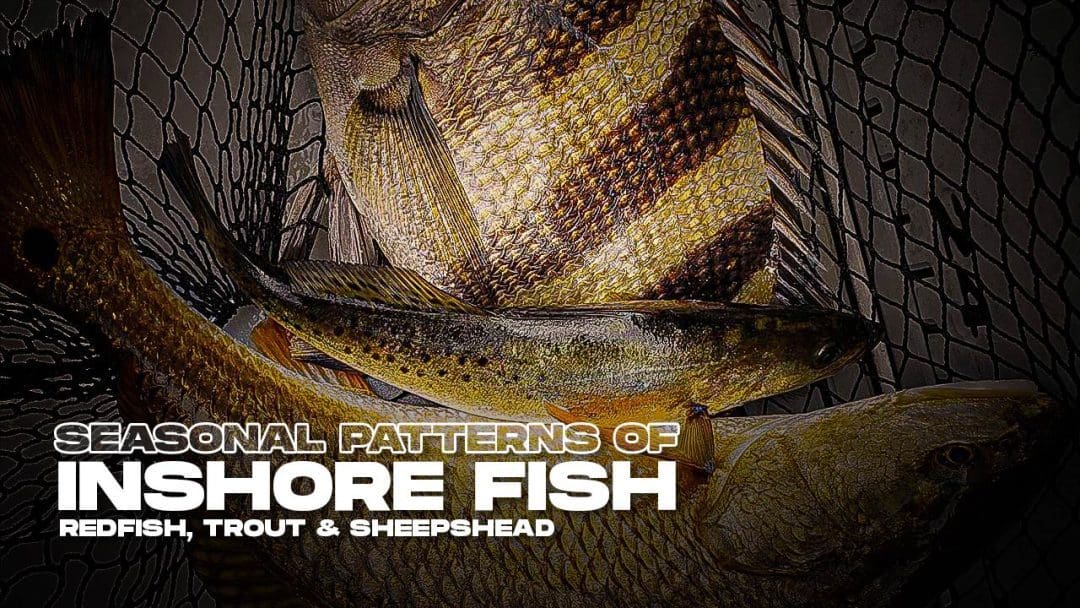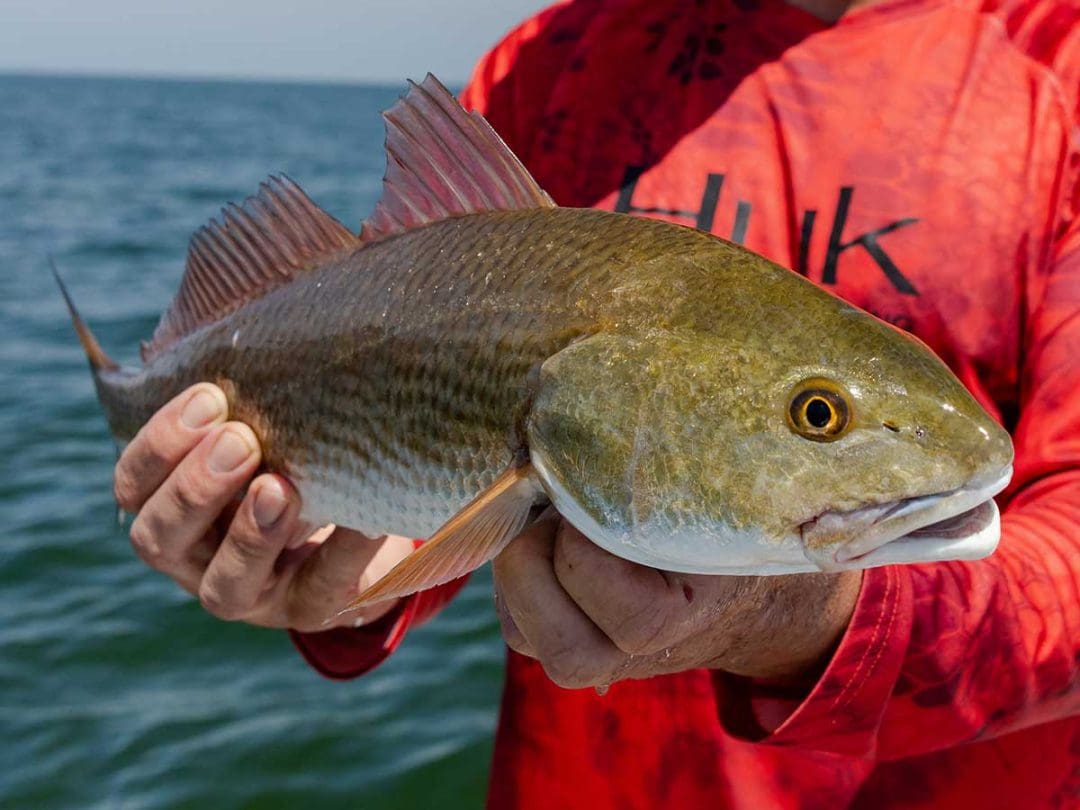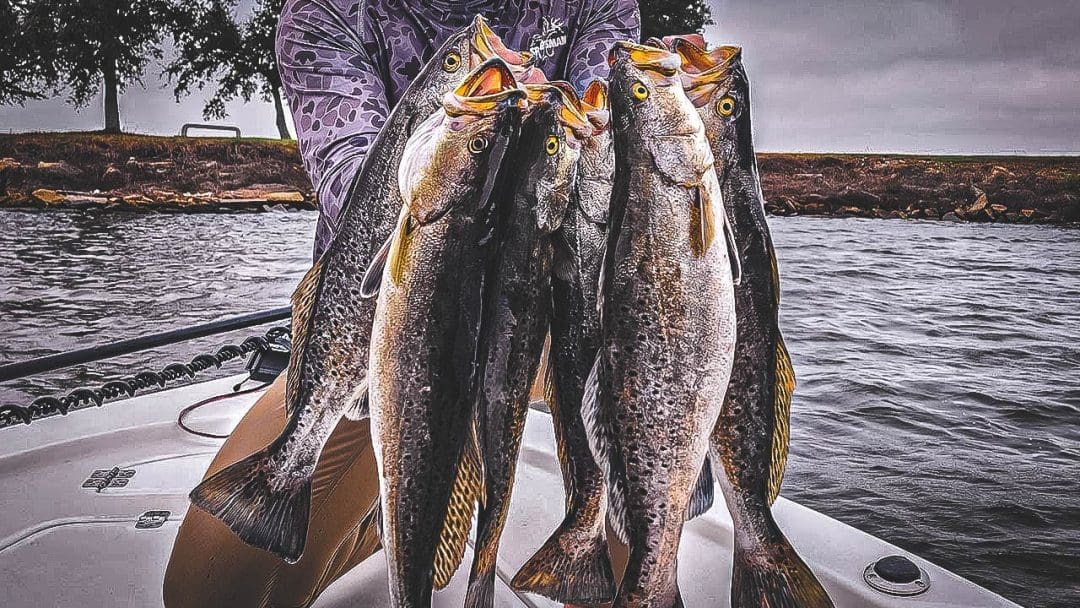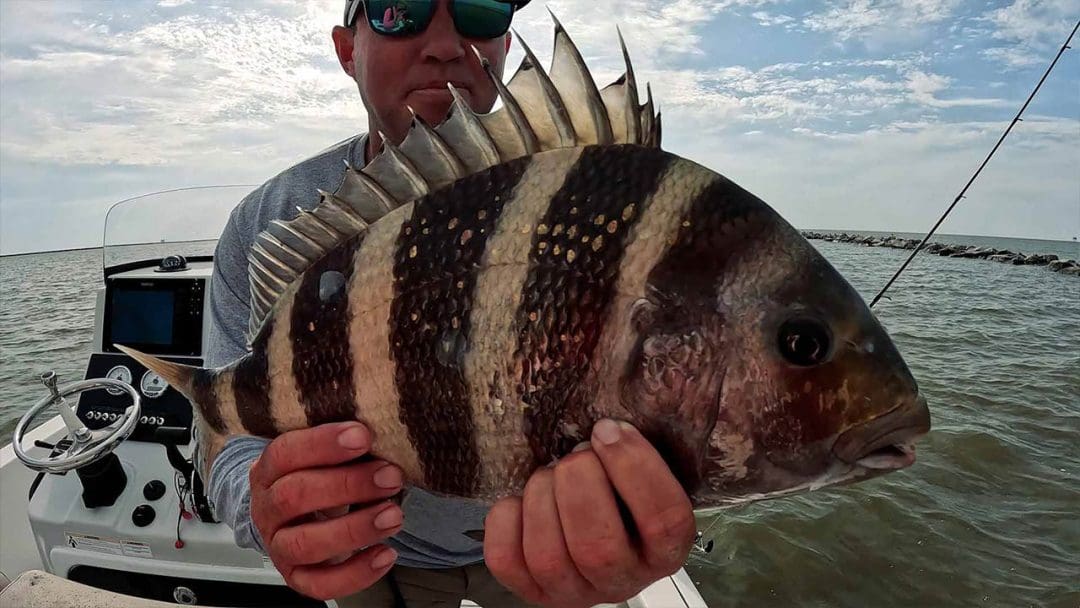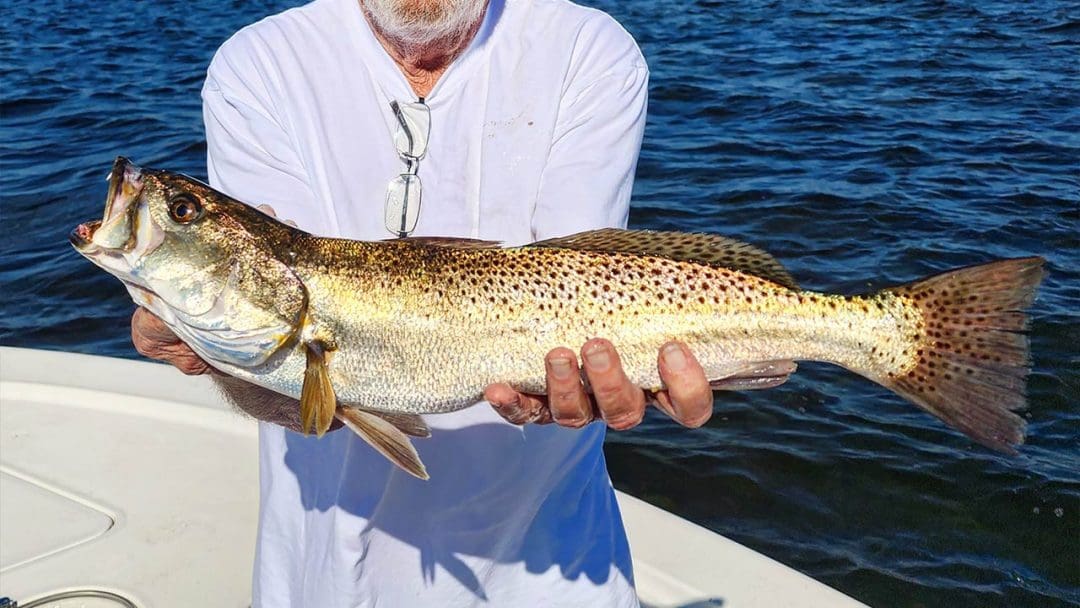Orange Beach Alabama Inshore Fishing
Inshore saltwater fishing in Orange Beach, Alabama, offers an array of fish specie angling opportunities, attracting anglers of various skill levels. The area features a mix of bays, lagoons, and estuaries, home to species like speckled trout, redfish, flounder, and sheepshead. The geography, including shallow flats, oyster reefs, and marshes, provides fertile fishing grounds, suitable for techniques like light tackle, fly fishing, and sight fishing.
Watch EP25: Night Fishing Gulf Coast Dock Lights
Saltwater Fishing Orange Beach, AL
Orange Beach’s unique location creates prime conditions for inshore fishing. The variety of habitats makes it an ideal spot for different fishing styles, increasing the likelihood of a good catch. Both experienced anglers and beginners can find suitable challenges and opportunities in these waters.
Inshore fishing in Orange Beach is available throughout the year, with each season presenting different fishing prospects. Spring and fall are especially active due to fish migrations.
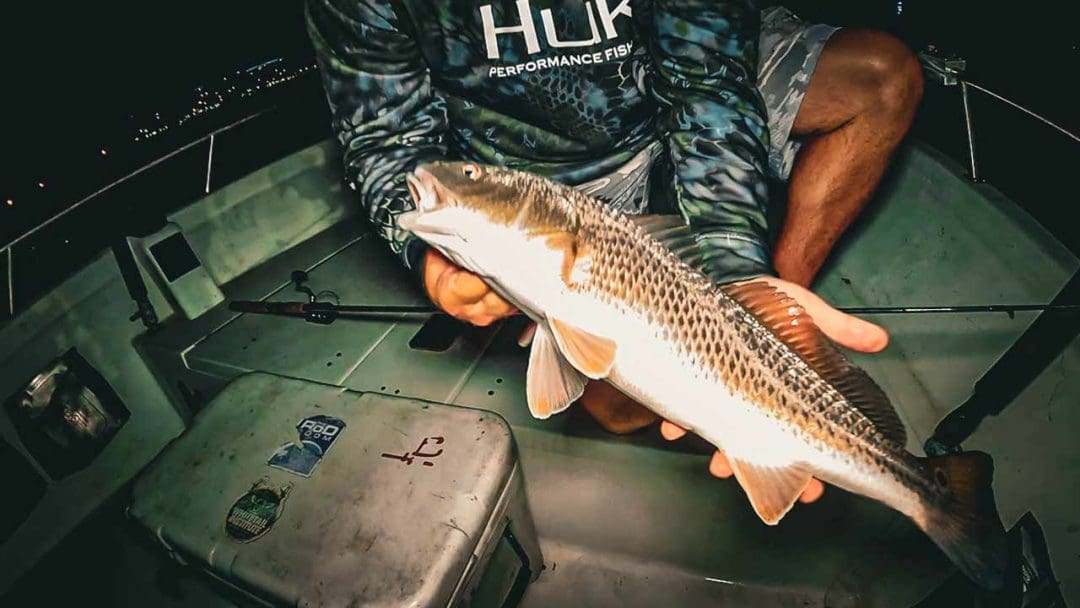
Gulf Coast Night Fishing Guide for Redfish, Trout, and Common Inshore Saltwater Fish:
Bioluminescence as a Fishing Tool: Many creatures, including certain types of fish, use bioluminescence (the ability to produce light) to attract prey or mates. Anglers sometimes use artificial lights to mimic this phenomenon, attracting baitfish and, subsequently, larger predatory fish.
Night fishing in nearshore and coastal saltwater environments can be incredibly rewarding, yet it presents unique challenges. Here are five lesser-known tips that can enhance your night fishing experience:
Use Light to Attract Baitfish:
Smaller fish are attracted to light, and where there’s baitfish, there are predators. Using a submersible light or floating light can create an artificial “bait ball” effect. This draws in baitfish, which in turn can attract larger predatory fish to your location.
Monitor Tidal Movements and Lunar Phases:
Fishing Tides can have a significant impact on fish behavior, especially in coastal and nearshore environments. Additionally, the moon phase can affect the visibility and behavior of fish at night. Plan your trips around high tides and consider the brightness of the moon when selecting your fishing spot.
Opt for Subtle Presentations:
At night, fish are more likely to be spooked by unnatural movements or sounds. Opt for lures and baits that offer a more subtle presentation. Soft plastics, slow-moving jigs, and live baits that mimic the natural movements of prey can be more effective than aggressive, noisy lures.
Adapt to Water Temperature Changes:
At night, the water temperature can drop, affecting fish behavior. Some species may become more active with cooler temperatures, while others might slow down. Adjust your fishing strategy accordingly, such as slowing down your retrieve or changing your bait selection.
Enhance Your Night Vision:
Preserve your night vision by using red or green lights instead of bright white lights. This will help you see more effectively in the dark and won’t scare away fish as much. Red and green lights are less intrusive and won’t ruin your natural adaptation to low-light conditions.
Pay Attention to Ambient Noise:
Sound travels differently over water at night. Be mindful of the noise you make, as it can easily spook fish. This includes talking loudly, dropping equipment on the boat, or even the sound of your motor. Approach your fishing spots quietly and maintain a low profile to increase your chances of success.
Utilize Scented Baits:
In the darkness, fish rely more on their sense of smell to locate food. Using scented baits or adding a scent attractant to your lures can make them more appealing to fish. This tactic can be especially effective when the water visibility is low.
Focus on Shallow Water Predators:
At night, many predatory fish move into shallower waters to feed. This is particularly true for species like snook, redfish, and trout. Targeting shallower waters, such as flats, mangrove edges, or near oyster bars, can increase your chances of encountering these active predators.
Take Advantage of Structure and Currents:
Fish often use structures like jetties, piers, and seawalls as hunting grounds at night. They also position themselves in currents to catch passing prey. Casting near these areas can be highly productive. Be mindful of the current direction and present your bait or lure in a natural manner.
Next Level Angling:
Record and Analyze Your Trips:
Keep a log of your night fishing trips, including details like the time, tide, moon phase, weather conditions, and your catch. Over time, patterns may emerge that can inform your future fishing strategies, helping you to understand the best conditions and locations for successful night fishing.
Fishing Dock Lights at night for Inshore Saltwater Fish
If you’re looking for an exciting and rewarding fishing experience, Orange Beach offers a prime location for targeting a variety of inshore saltwater species, such as redfish, trout, snapper, snook and many more under the night time glow of dock lights.
BONUS: Behind the Scenes: SEAPRO + SUZUKI Photo Shoot
We start off episode 25 with a glimpse of a catalog photo shoot with SEAPRO & SUZUKI.
Catching More Fish at Night: Fishing Dock Lights
Landed Fishing is dedicated to providing you with all the information you need to make the most of your fishing adventures. Whether you’re a seasoned angler or a beginner eager to explore the joys of night fishing, we’ll cover some important topics and tips to help you catch more fish at night.
Daytime & Night Time Fishing Trips
A Great Experience on the Gulf Coast, Day or Night Fishing in Orange Beach Alabama
Orange Beach is renowned for its vibrant fishing opportunities, and the dock lights add an extra element of allure to the experience. These lights create an irresistible attraction for baitfish, which, in turn, lures in predatory species such as redfish, trout, and other inshore favorites.
The combination of these lights and the abundance of marine life creates a perfect ecosystem for anglers seeking to test their skills and land that prized catch.
At Landed Fishing, we understand the importance of having the right knowledge and tools to maximize your chances of success. Our digital channels continue to grow, and offer comprehensive guides, fishing tips, and saltwater fishing techniques. So, whether you’re seeking advice on tackle selection, bait choices, presentation techniques, or more advanced fishing tips, we have you covered.
8 Helpful Tips for Fishing Dock Lights at Night
8 helpful fishing tips to consider when fishing at night around dock lights for inshore fish.
1.) Location is Key:
Look for docks with bright lights that attract baitfish.
These lights create an ideal feeding ground for redfish, trout, and other inshore species.
2.) Tackle Selection:
Setup that provides the strength and sensitivity needed for battling larger fish.
Use medium to heavy spinning or baitcasting tackle with a sensitive rod and a reel spooled with braided line.
3.) Bait Options:
Artificial lures like soft plastics, topwater lures, and suspending twitch baits can be effective. Live bait such as shrimp, mullet, or finger mullet works well for attracting redfish and trout.
4.) Presentation Techniques:
Cast your bait or lure near the dock lights and let it sink. Slowly retrieve the bait with occasional twitches or pauses to imitate injured prey.
Vary your retrieval speed to find what triggers the fish.
5.) Stealthy Approaches:
Move quietly and avoid making sudden noises or shining lights directly into the water, as it can spook the fish.
Keep your movements smooth and controlled to avoid alerting the fish.
6.) Be Patient and Observant at Night:
Night fishing requires patience. Watch for signs of activity such as swirls, splashes, or baitfish jumping out of the water. Observe the behavior of the baitfish and adjust your presentation accordingly.
7.) Targeting Redfish at Night:
Redfish are often found in shallower waters near grassy flats or oyster bars.
Look for areas with a mixture of light and dark patches as they indicate changes in bottom structure.
8.) Pursuing Speckled Trout at Night:
Trout are commonly found around grassy areas and drop-offs. Experiment with lures that imitate small baitfish or shrimp.
Focus your efforts near dock lights close to these locations.
Remember, dock light fishing at night requires skill, patience, a little luck, and attention to detail. Each fishing trip is an opportunity to learn and adapt your techniques. Enjoy the peacefulness of the night and embrace the thrill of hooking into a redfish or trout in the glowing darkness of the Gulf Coast.
On-the-Water Preparedness, Tides, Weather & Emergency
Time of Year and Tides:
Consider seasonal patterns and the influence of tides. During warmer months, fish are more active at night.
Pay attention to the tides, as incoming and outgoing tides can influence fish movements.
Safety First:
Always have quick access or wear appropriate safety gear, such as a life jacket, especially if fishing from a boat.
Ensure that your fishing equipment is in good working order and be mindful of any local boating or fishing regulations.
18 Additional Night Fishing Tips around Dock Lights
Fishing Moon Phase:
Consider the moon phase as it affects the feeding patterns of fish. New moon and full moon phases often result in increased activity.
Tides:
Pay attention to the tides as they influence the movement and concentration of baitfish and predator fish.
Weather Conditions:
Check the weather forecast for factors such as wind direction, cloud cover, and barometric pressure, as they can impact fish behavior.
Bait Selection:
Choose bait that is suitable for the target species and the conditions. Live bait such as shrimp or small fish can be effective.
Lure Selection:
If using lures, consider the size, color, and action that mimic the natural prey of the fish you are targeting.
Light Intensity:
Pay attention to the intensity of the dock lights. Brighter lights tend to attract more baitfish and, in turn, attract predator fish.
Light Color:
Different light colors attract different types of baitfish. Experiment with white, green, or blue lights to see which works best.
Structure:
Look for underwater structures near the dock, such as pilings, rocks, or grass beds, as they provide shelter and feeding opportunities for fish.
Current:
Assess the strength and direction of the current, as it influences the movement and behavior of both baitfish and predator fish.
Noise and Disturbances:
Minimize unnecessary noise and disturbances that could spook the fish, such as banging on the dock or casting too aggressively.
Patience and Persistence:
Night fishing requires patience, so be prepared to wait for the fish to become active and don’t give up too quickly.
Stealth:
Move quietly and avoid shining lights directly into the water, as it can scare away fish.
Fishing Regulations:
Familiarize yourself with the local fishing regulations, including size limits, bag limits, and any seasonal closures.
Safety:
Take necessary safety precautions such as using appropriate lighting, wearing a life jacket, and being aware of your surroundings.
Fishing Gear:
Ensure you have the appropriate fishing gear, including rods, reels, lines, hooks, and leaders suitable for the target species.
Skill and Technique:
Develop effective fishing techniques for night fishing, such as slow retrieves, using scent attractants, or varying your presentation.
Observational Skills:
Pay attention to any signs of fish activity, such as splashes, swirls, or baitfish jumping out of the water.
Local Knowledge:
Seek advice from local anglers or fishing guides who have experience fishing at night in the specific area you plan to fish.
Fishing at Night by Dock Lights
When inshore saltwater fishing at night near dock lights, there are several strategies to maximize your chances of catching fish.
First and foremost, understanding the feeding habits of the target species is crucial.
By observing the type of baitfish attracted to the lights, you can select appropriate bait or lures that closely resemble their natural prey.
Additionally, paying attention to the moon phase, tides, and water temperature allows you to identify optimal fishing conditions.
Adjusting your fishing techniques, such as using slow retrieves or adding scent attractants, can entice fish to strike.
Lastly, drawing on local knowledge and experience, as well as adhering to fishing regulations and practicing safety measures, further enhances your chances of a successful night fishing expedition by dock lights.

